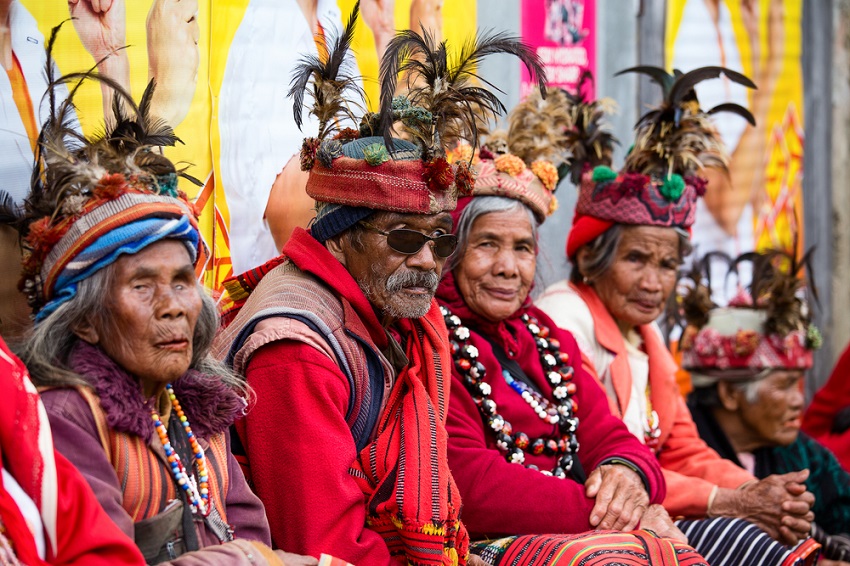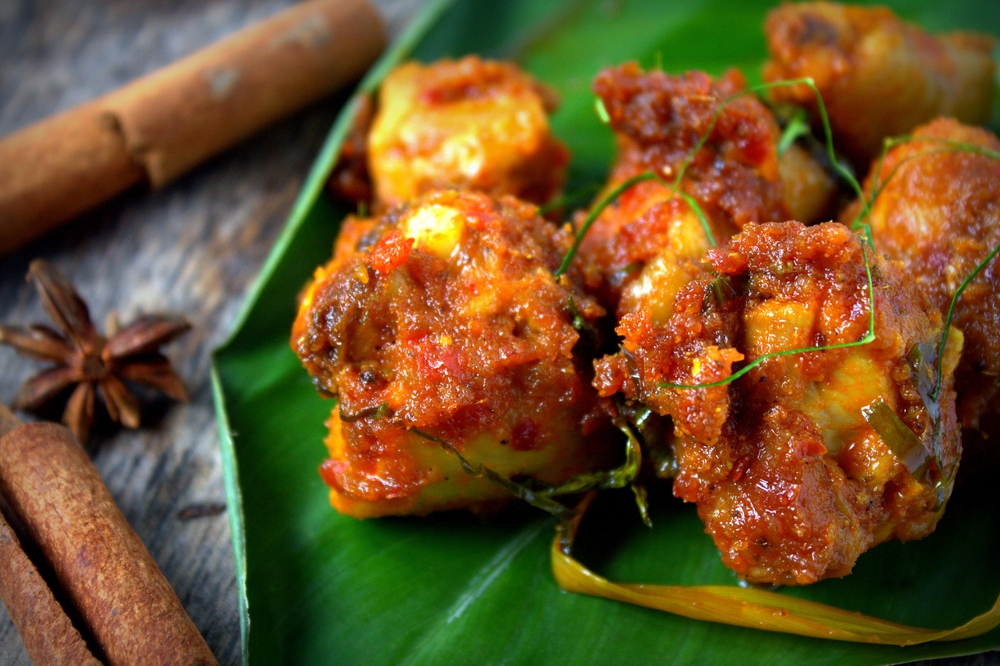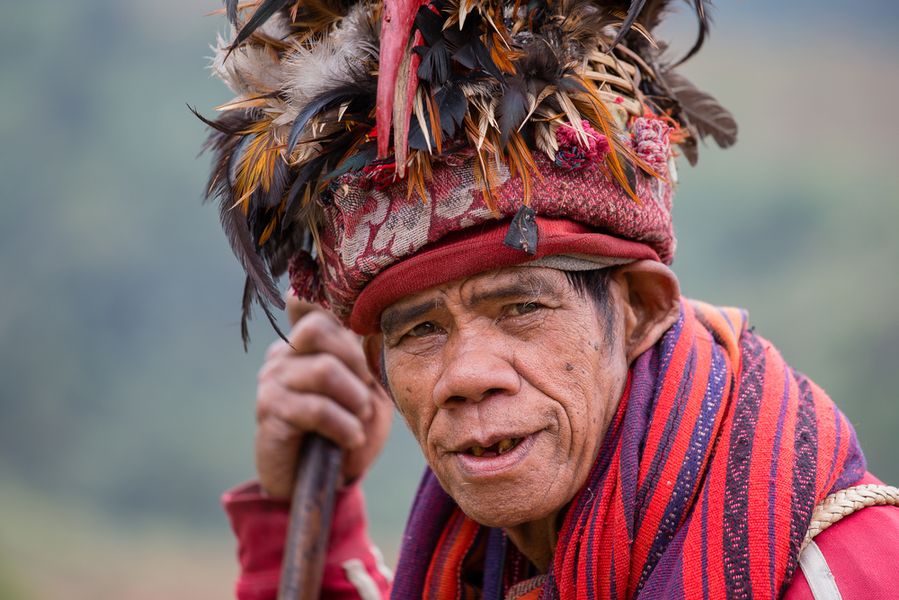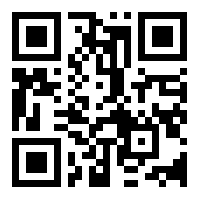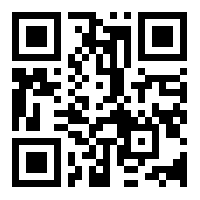Philippines - ethnicity
The Philippines are located on Southeast Asian Peninsula where over 7,107 islands (Jesudas M.Athyal, Editor, 2015:220) house approximately 106 indigenous ethnic groups living across Luzon, Vinsayas and Mindanao. Information in 2015 shows that the Philippines have reached 100.98 million populations (Wikipedia, 2016) consisting of the mixed races such as the half-Spanish, the half-American, the half-Chinese, the half-Korean and the half-Japanese. Their previous generations migrated to the Philippines in the 1970’s.
The predominantly indigenous ethnic groups when categorized by language are Ilocano, Pangasinan, Pampangan, Tagalog, Bicolano, Ilongo, Waray-Waray, Cebuano and Boholano (สีดา สอนศรี, 2551:39).
The Muslim ethnic groups are Maguindanao, Maranao, Taosug, Samal, Bajao, Yakan, Ilanon, Sangir, Melabugnan and Jama Mapun (สีดา สอนศรี, 2551:39).
The indigenous ethnic groups living across Luzon Plateau are Ifugao, Bontoc, Kankanai, Ibaloi, Kalinga, Tinguian, Isneg, Gaddang, Ilongot and Negrito (สีดา สอนศรี, 2551:39).
The indigenous ethnic groups living across Mindoro-Mindanao plateau are Mangyang, Manobo, Bukidnon, Bagobo, Mandaya, Ata, Mansaka, Subanun, Mamanua, Bila-an, Tirurai, T-Boli and Tasaday (สีดา สอนศรี, 2551:39).
What has been a major issue concerning the ethnic groups in the Philippines is the separatist movements. The history timelines of the Philippines indicate that the Muslims had settled down on this land before the settler colonialists like Spain and United States of America. Kamlan, an anthropologist, points that a land on the South of the Philippines where it is deemed the land of Muslim ancestry can possibly be the whole land. In the 8th century, Arab traders and missioners from Malay Peninsula, Borneo and Indonesia travelled here to do business and spread their religion in a chain of islands of Sulu, Maguindanao and Maranao. Later during the late 13th century, a form of government in which a sultan acts as a head of state was firmly established in most parts of Mindanao and Sulu. The Sultans had had assertive influences on convincing people to convert to Islam, and had succeeded in the early 14th century when Islamic schools were founded (สีดา สอนศรี และคณะ, 2553:1).
It was until the Spanish rule in 1565. The Spanish called these Muslim people ‘Moors’ since they had ways of life and ideas like the Moors that once had ruled Spain in the past. The Spanish had no mercy. They attacked Muslim residences and threw down the Sultan governments in Mindanao and Sulu. The attacks continued for another 350 years under Spanish rule (สีดา สอนศรี และคณะ, 2553:1). It was different when the United States took over. The colonist was trying to include the South Muslims in the government’s development projects as well as trying to improve their quality of life to be as modern as the Roman Catholic Filipinos are. Policy of Attraction is a key aiming to improve quality of life in aspects such as politics, economics and society. Establishing schools, hospitals and introducing non-Muslim teachers to the youth showed a significant attempt in reaching out to them. However, these just harbored doubts among the Muslims in those areas. Thus, they would not send their children to American-established schools. It is very unfortunate that failing to cooperate cost it to be underdeveloped. And for the time being, the Muslims started to form an anti-American Islamic idea (สีดา สอนศรี, 2549:3).
The separatist movements were initiated in the 1960’s by middle-class young people granted government scholarships to pursue their studies at public universities in Manila. The elites were not very popular among the local Muslims at the first place as they were trying to make the Muslims agreeable with the Christians, mostpopulations. However, the government decided to use hard power putting down the Moro separatists. It later sparked the opposition movements in 1976 (สีดา สอนศรี,2549:3).
Internal factors launching those movements are that some Muslim leaders wanted to hold power over local natural resources while the extremist ideologydirectly contributed to this conflict as well. The external factors could be that Marcos government used militant forces to suppress people causing tensions between resource controllers, idealists, relatives and other classes in Cotabato society.
Nur Misuari was a prominent figure of Moro National Liberation Front (MNLF), a separatist organization and extremist interest group demanding Autonomous Region of Muslim Mindanao. The MNLF had been starting their operation since Marcos declared martial law. This provocative conflict continued to steal its limelight at different times under Marcos Dictatorship. First, it was during 1972-1973 when Marcos began his martial law. Second, it was during 1976-1977 when both parties agreed upon ceasefire and finally it happened during 1980-1981 when Marcos decided to lift the martial law (สีดา สอนศรี,2550:11). The fight to claim their autonomous rights eventually won over, so that the government granted Autonomous Religion of Muslim Mindanao (ARMM) including these provinces: Magondanao, Lanao Del Sur, Basilan Island, Sulu, Tawi-Tawi and Marawi (จับตาเอเชียตะวันออก, 2553).
The separatists operating in the South of the Philippines are still active these days throwing the country into a state of disorder. The Moro Islamic National Front (MILF) has been viewed more aggressive than the MNLF. Salamat Hashim is the leader whose ambitious desire is to turn the whole South of the Philippines to be ‘Islamic State’ (ปรีชา คุวินทร์พันธุ์, 2548) having its own sovereignty. In October 7, 2012 President Benigno Aquino offered a peace deal to the MILF. Recently in 2016 the conflicting areas became Bangsamoro Autonomous Region (บล็อกเรื่องเล่าจาก ดร.โย, 2558).
Bibliography
Jesudas M.Athyal,Editor. (2015). Religion in Southeast Asia. California.
Wikipedia. (23 May 2016). Demographics of the Philippines. เรียกใช้เมื่อ 27 May 2016 จาก Wikipedia The Free Encyclopedia: https://en.wikipedia.org/wiki/Demographics_of_the_Philippines
จับตาเอเชียตะวันออก. (29 กันยายน 2553). ข่าวและบทความ. เรียกใช้เมื่อ 31 พฤษภาคม 2559 จาก จับตาเอเชียตะวันออก: http://www.eastasiawatch.in.th/article.php?id=583
บล็อกเรื่องเล่าจาก ดร.โย. (2 ธันวาคม 2558). เรียกใช้เมื่อ 30 พฤษภาคม 2559 จาก Chaopraya news Web site: https://goo.gl/Y61oy9
ปรีชา คุวินทร์พันธุ์. (2548). ศาสนา ชาติพันธุ์-ชาตินิยม และความรุนแรง. สำนักงานกองทุนสนับสนุนการวิจัย(สกว.).
สีดา สอนศรี. (2551). ฟิลิปปินส์:จากอดีตสู่ปัจจุบัน(ค.ศ.1986-2006). กรุงเทพมหานคร: โรงพิมพ์มหาวิทยาลัยธรรมศาสตร์.
สีดา สอนศรี และคณะ. (2553). มุสลิมกับความมั่นคงของรัฐ ฟิลิปปินส์ จีน อินเดีย สิงคโปร์ รัสเซีย สเปน ปากีสถาน มาเลเซีย อินโดนีเซีย ตุรกี. สำนักงานคณะกรรมการวิจัยแห่งชาติ.
